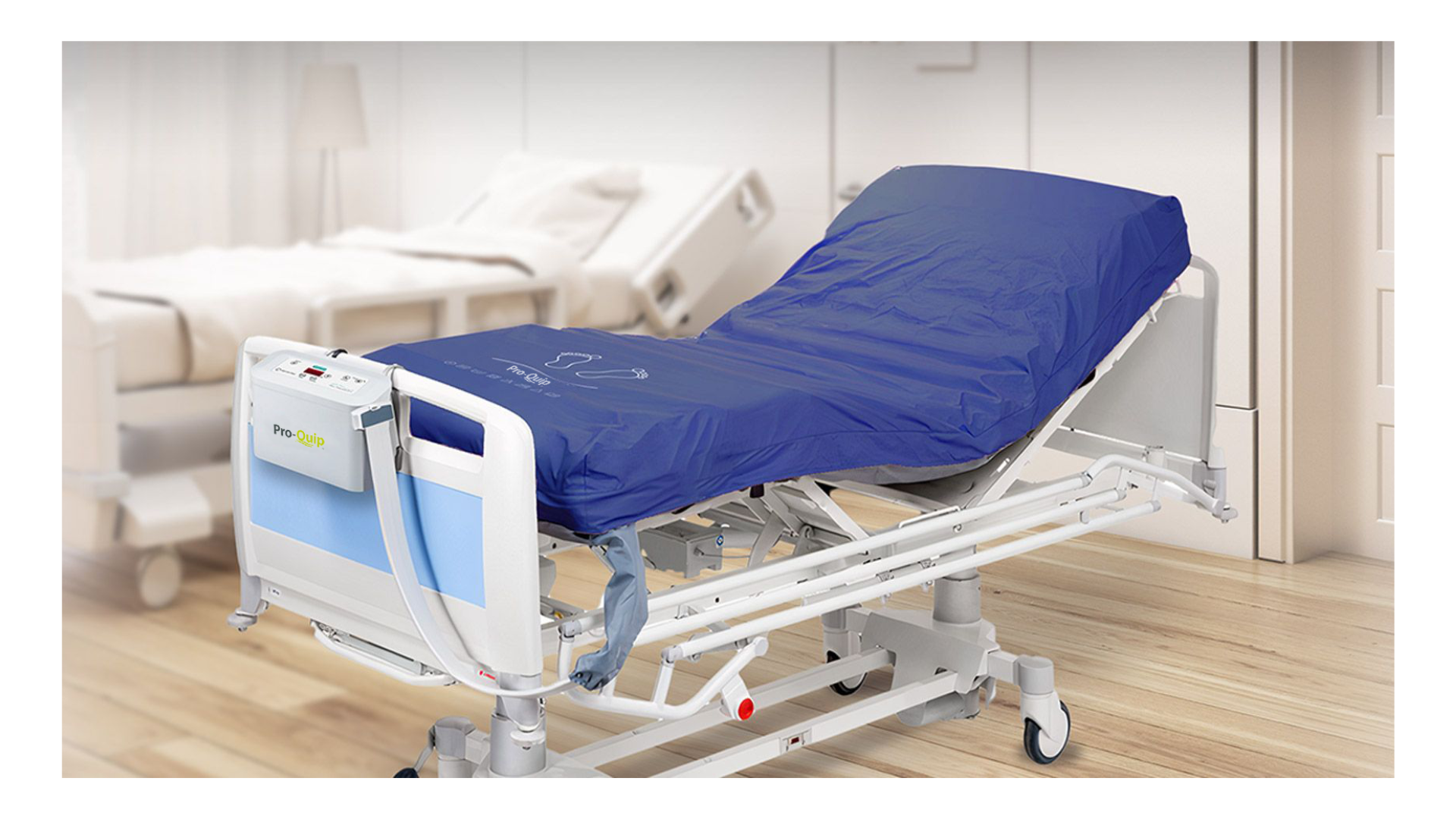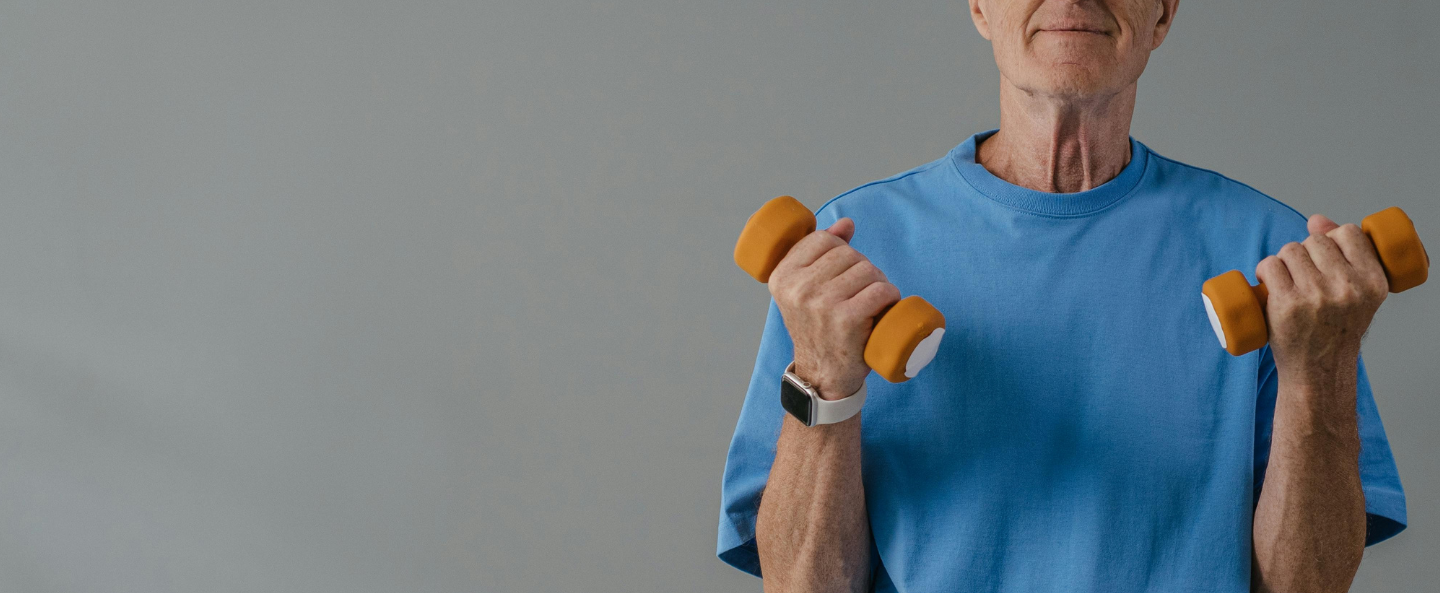Profiling and accessible beds in are homes aren't just furniture; they're an essential part of providing top-notch care for elderly and disabled residents. With so many options out there, from standard profiling beds to more advanced models, how do you decide which one is right for your care home? This guide will help you navigate the various types of profiling beds available, their key features, benefits, and pricing information to make an informed decision.
Key takeaways
-
Learn about different types of profiling beds and their unique features
-
Understand the differences between standard and high-risk profiling beds
-
Discover the key features and benefits of using profiling beds in care homes
-
Get insights into pricing information to help you budget effectively
-
Explore Fairfield Care's range of high-quality profiling beds
Different types of profiling beds
Profiling beds come in a variety of types, each designed to meet specific needs and requirements. These beds are adjustable, offering various features that enhance comfort and care for residents. Understanding the different types can help you choose the best option for your care home.
Standard profiling beds are the most commonly used in care homes. They offer basic functionality like adjustable head and foot sections, making them easy to use and ideal for general care needs. These beds are perfect for residents who need a comfortable and adjustable bed without any specialised features.
On the other hand, bariatric profiling beds are designed for residents who require extra support due to their weight. These beds are robust and offer enhanced stability and strength. They can handle higher weight capacities and often come with wider frames to provide additional comfort.
For younger residents, paediatric profiling beds are the best choice. These beds are specifically designed for children and offer adjustable features that cater to their unique needs. They are smaller in size but still provide the essential functionalities of a standard profiling bed.
Low and ultra-low profiling beds are another excellent option, especially for residents at risk of falling. These beds can be lowered closer to the floor, reducing the risk of injury from falls. They are particularly useful in dementia care environments where safety is a top priority.
Lastly, advanced profiling beds come with additional features like in-built scales, tilt functions, and even integrated bed exit alarms. These beds offer the highest level of functionality and are ideal for residents with complex care needs.

Standard profiling beds vs. high risk profiling beds
When it comes to choosing between standard and high-risk profiling beds, understanding the key differences can make your decision easier. Both types have their own set of advantages and are suited for different care scenarios.
Standard profiling beds provide essential adjustability features that make them comfortable and easy to use. They are designed for general care needs and are often more budget-friendly. These beds are straightforward to maintain, making them a practical choice for care homes with limited resources.
In contrast, high-risk profiling beds are designed for residents who are at a higher risk of developing bedsores. These beds offer enhanced pressure relief features, such as alternating pressure mattresses, which help in preventing bedsores. They also come with advanced safety features like side rails and bed exit alarms, making them ideal for residents with severe mobility issues or those who are bedridden.
Standard beds typically require less maintenance compared to high-risk beds. High-risk beds often come with more intricate mechanisms and additional features, which may require regular servicing to keep them in optimal condition.
While standard profiling beds are generally more affordable, high-risk profiling beds come with a higher price tag due to their advanced features. However, the investment in high-risk beds can be justified by the enhanced safety and comfort they offer to residents who need intensive care.
In summary, the choice between standard and high-risk profiling beds depends on the specific needs of your residents. If you have residents with severe mobility issues or who are at risk of bedsores, high-risk profiling beds are the better option. For general care needs, standard profiling beds offer a cost-effective and practical solution.
Key features of profiling beds
Profiling beds come equipped with a variety of features designed to enhance comfort, safety, and ease of care. Understanding these key features can help you choose a bed that meets the specific needs of your residents.
One of the most important features of profiling beds is adjustable height. This feature allows caregivers to raise or lower the bed to a comfortable working height, reducing the risk of back injuries. It also makes it easier for residents to get in and out of bed, promoting independence and mobility.
The Trendelenburg function is another valuable feature. This function allows the bed to be tilted so that the resident's head is lower than their feet. This positioning can be beneficial for certain medical conditions and therapeutic positioning. It can also be used to improve circulation and provide relief from certain symptoms.
Side rails are an essential safety feature in profiling beds. They provide an extra layer of protection, preventing falls and helping residents feel secure. Side rails can be raised or lowered as needed, offering flexibility and convenience.
Remote controls make bed adjustments easy and convenient for both residents and caregivers. With the touch of a button, you can adjust the bed's height, head, and foot sections. Some advanced models even come with programmable settings, allowing you to save and recall preferred positions.
Mattress compatibility is another crucial factor to consider. Profiling beds are designed to work with specific types of mattresses, such as pressure-relieving mattresses. These mattresses help distribute weight evenly, reducing the risk of bedsores and enhancing overall comfort.
In conclusion, the key features of profiling beds, such as adjustable height, Trendelenburg function, side rails, remote controls, and mattress compatibility, play a significant role in enhancing the care and comfort of residents. These features make profiling beds a valuable investment for any care home.

Benefits of using profiling care beds
Profiling care beds offer a multitude of benefits that can significantly improve the quality of care provided in care homes. These beds are designed to enhance comfort, safety, and ease of care, making them an invaluable asset for both residents and caregivers.
One of the primary benefits of profiling care beds is enhanced comfort. These beds are highly adjustable, allowing residents to find the most comfortable position for sleeping, sitting, or even receiving medical treatments. The ability to adjust the head and foot sections can help alleviate pain and discomfort, improving overall well-being.
Better mobility is another significant advantage. Profiling beds can be adjusted to various heights, making it easier for residents to get in and out of bed. This feature is particularly beneficial for residents with limited mobility or those who use wheelchairs. It also reduces the physical strain on caregivers, making daily care routines more manageable.
Increased safety is a critical benefit of profiling care beds. Features like side rails, low height settings, and bed exit alarms help prevent falls and injuries. These safety features are especially important for residents with dementia or other conditions that increase the risk of falls.
Pressure management is another key benefit. Profiling care beds are often used with pressure-relieving mattresses, which help distribute weight evenly and reduce the risk of bedsores. This is particularly important for bedridden residents or those with limited mobility, as bedsores can lead to severe complications if not properly managed.
Ease of care is a final but crucial benefit. Profiling care beds make it simpler for caregivers to provide assistance. The adjustable height feature allows caregivers to work at a comfortable level, reducing the risk of back injuries. The ability to easily reposition residents also aids in daily care tasks, such as dressing, bathing, and feeding.
Factors to consider when choosing a profiling bed
Choosing the right profiling bed for your care home involves considering several important factors. These factors will help ensure that the bed meets the specific needs of your residents and fits within your care home's budget and space constraints.
The first factor to consider is the resident's needs. Different residents have different requirements, so it's essential to choose a bed that caters to their specific needs. For example, a resident with severe mobility issues may benefit from a high-risk profiling bed with advanced pressure relief features. In contrast, a resident who is relatively mobile may only need a standard profiling bed with basic adjustability.
Budget constraints are another crucial factor. Profiling beds come in a wide range of prices, from basic models to advanced beds with numerous features. It's important to balance the cost with the features you need. While advanced beds may come with a higher price tag, they can offer significant benefits that justify the investment.
Space availability in your care home is another consideration. Profiling beds come in various sizes, so it's important to measure the space where the bed will be placed to ensure a proper fit. Some beds also have additional features that may require extra space, so keep this in mind when making your selection.
Maintenance requirements should also be manageable. Some profiling beds come with more complex mechanisms and additional features that may require regular servicing. It's important to consider the maintenance needs of the bed and whether your care home has the resources to keep it in optimal condition.
Lastly, consider any additional features that may offer extra benefits. Features like remote controls, mattress compatibility, and integrated bed exit alarms can enhance the functionality and convenience of the bed. While these features may come at an additional cost, they can significantly improve the quality of care provided to residents.
Fairfield Care range of profiling beds

Fairfield Care offers, through their equipment brand Pro-Quip, a range of high-quality profiling beds designed to meet the diverse needs of care homes. Their beds combine advanced features with robust construction, ensuring comfort and safety for residents. Here's an overview of some of the top profiling beds offered by Fairfield Care.
The Pro-Quip Low Profiling Bed is an excellent option for residents at risk of falls. This bed can be lowered closer to the floor, reducing the risk of injury from falls. It also offers easy access for residents, making it a practical choice for dementia care environments. The Pro-Quip bed combines safety with ease of use, making it a valuable addition to any care home.
The Pro-Quip Ultra Low Profiling Bed takes safety to the next level. This bed can be lowered to an ultra-low height, providing maximum protection against falls. It also includes advanced features like remote controls and integrated bed exit alarms, offering a high level of functionality. The Ultra Low Profiling Bed is ideal for residents with severe mobility issues or those who are bedridden.
The Pro-Quip Standard Profiling Bed combines affordability with essential features. This bed offers basic adjustability and functionality, making it a cost-effective choice for general care needs. It provides the essential features required for resident comfort and care, without the additional costs of advanced features.
Profiling beds offer numerous benefits, such as enhanced comfort, better mobility, increased safety, effective pressure management, and ease of care. Fairfield Care's range of high-quality profiling beds provides reliable options that cater to different needs and budgets.


